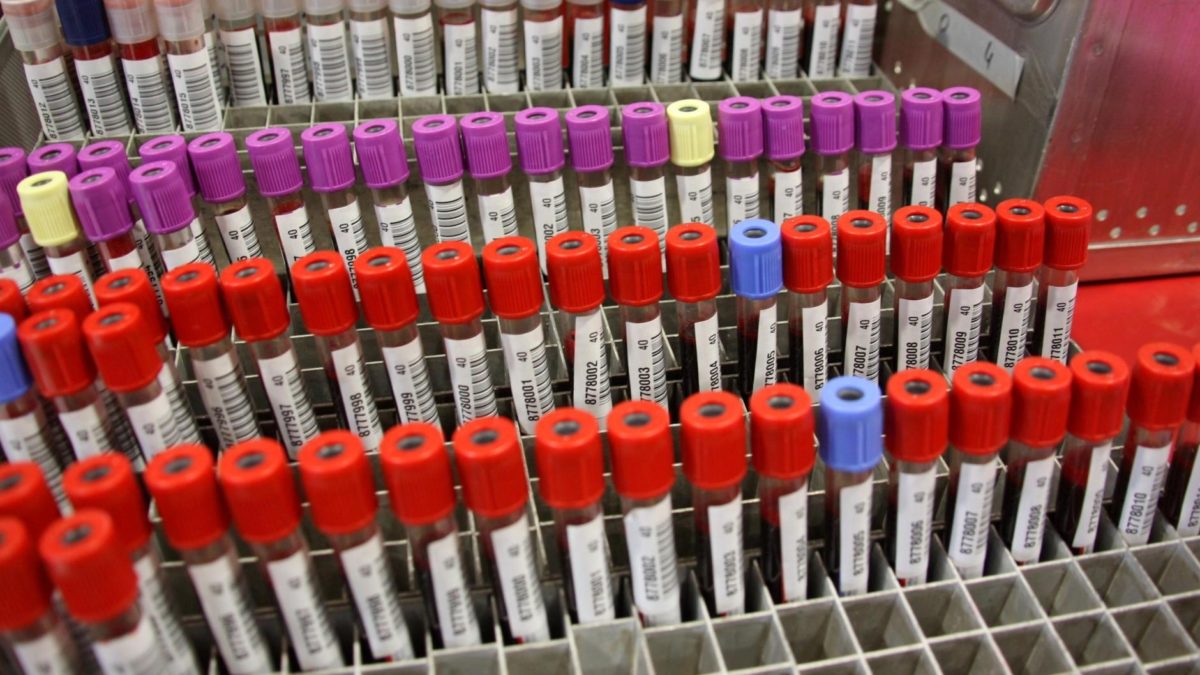Elite universities, tough courses of studies, parents’ expectations and one’s own have one thing in common: they are all sources of performance pressure. When everything comes together at the end of the semester, many students suffer from the amount of work they have to cope with in a short period of time. Out of desperation, some students rely on medication to boost their performance.
Why are some students tempted to take prescription-only drugs?
When the Christmas holidays are over, the semester is coming to an end, deadlines accumulate and the STUDIS registration is due, it is the students’ most stressful time of the year: exam season. During this time, we have to show what we have learned – or sometimes realise that we should have studied more during the semester. Students who have a tendency to procrastinate often realize how much time they have to put in their studies when it’s already too late. In order to compensate, they neglect their physical needs: eating healthy, sleeping plenty and drinking enough water. To make up for the resulting lack of concentration, many have tried caffeine, guarana, or black tea but at some point, these substances will lose their effect. And here comes the temptation to take prescription-only medicine like Ritalin or Modafinil.
Why you should not take medicine if you haven’t been diagnosed with symptoms
Ritalin is used to treat ADHD in children. Inattentiveness and hyperactivity belong to ADHD’s main symptoms and the combination of both makes it hard for the affected to succeed at school. The rising number of Ritalin subscriptions results in higher availability and higher rate of abuse.
Modafinil is used to treat narcolepsy and has a very similar effect. It raises the consumer’s attention span and keeps them awake. It is reported that one in five Oxford students abused Modafinil to gain an advantage during exam season.
Both medications carry the risk of becoming addicted because of the feeling of not being able to perform without it anymore. Furthermore, side effects like headaches, nausea, nervousness, rhinitis, diarrhea, anxiety and insomnia have been reported. Incorrect dosage can also be a risk as pills bought online could be much stronger or cut with other harmful substances. In short – there are many good reasons why these medications should only be taken if a doctor prescribes them to you.
Apart from that, one should also consider the ethical aspect of gaining advantage over fellow students.
Solutions
I think every student already knows about basic tips on how to succeed at university such as creating a study plan, attending lectures and seminars regularly, doing homework, taking breaks, joining study groups etc. But when it comes to applying all these tips, many students seem to struggle. What I have found to be the most useful strategy to approach this issue is to take small steps and focus on one tip at a time. There are many types of learners and everyone has to figure out for themselves what works best for them.
Author: Andreas Altmannshofer




